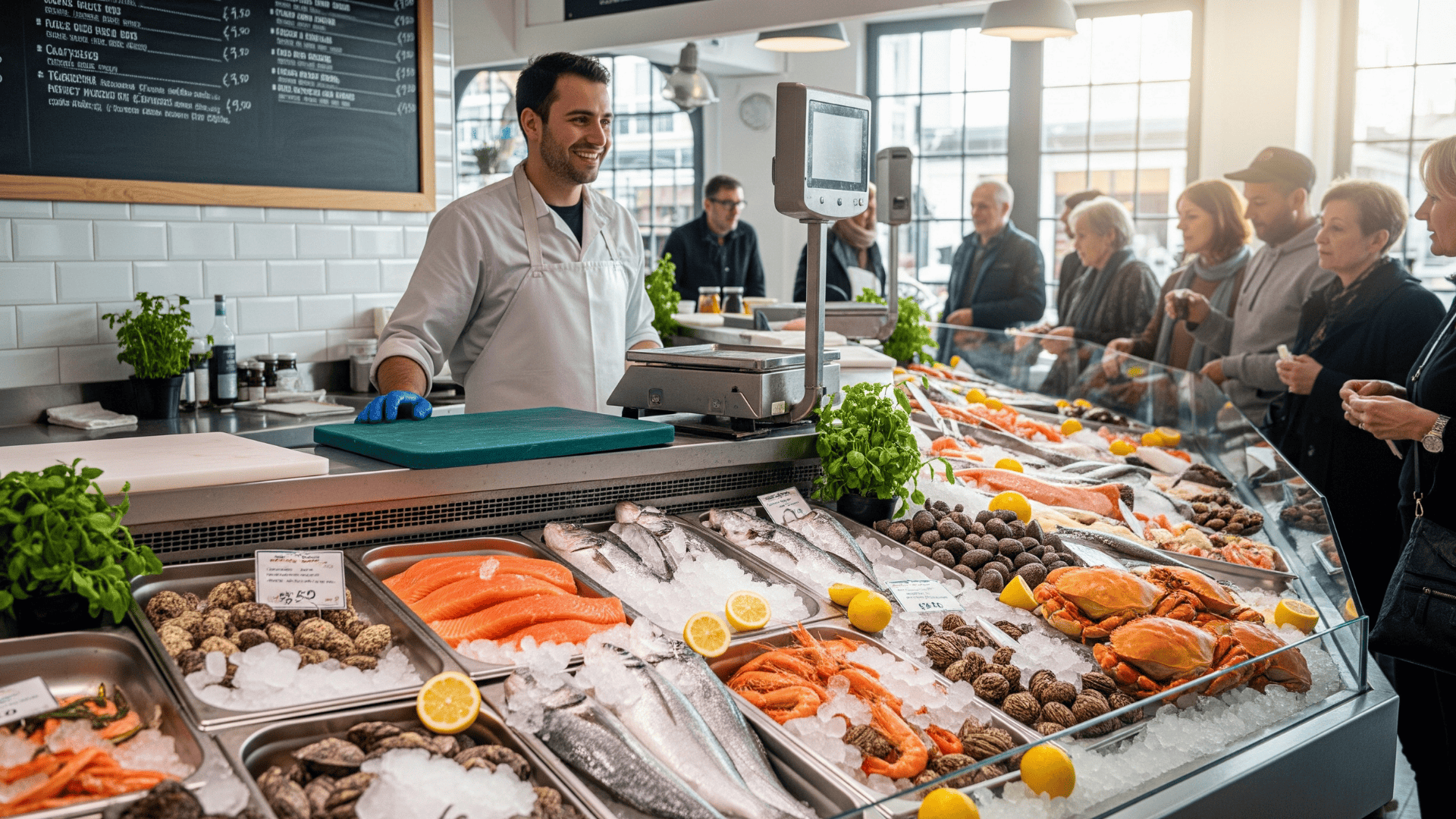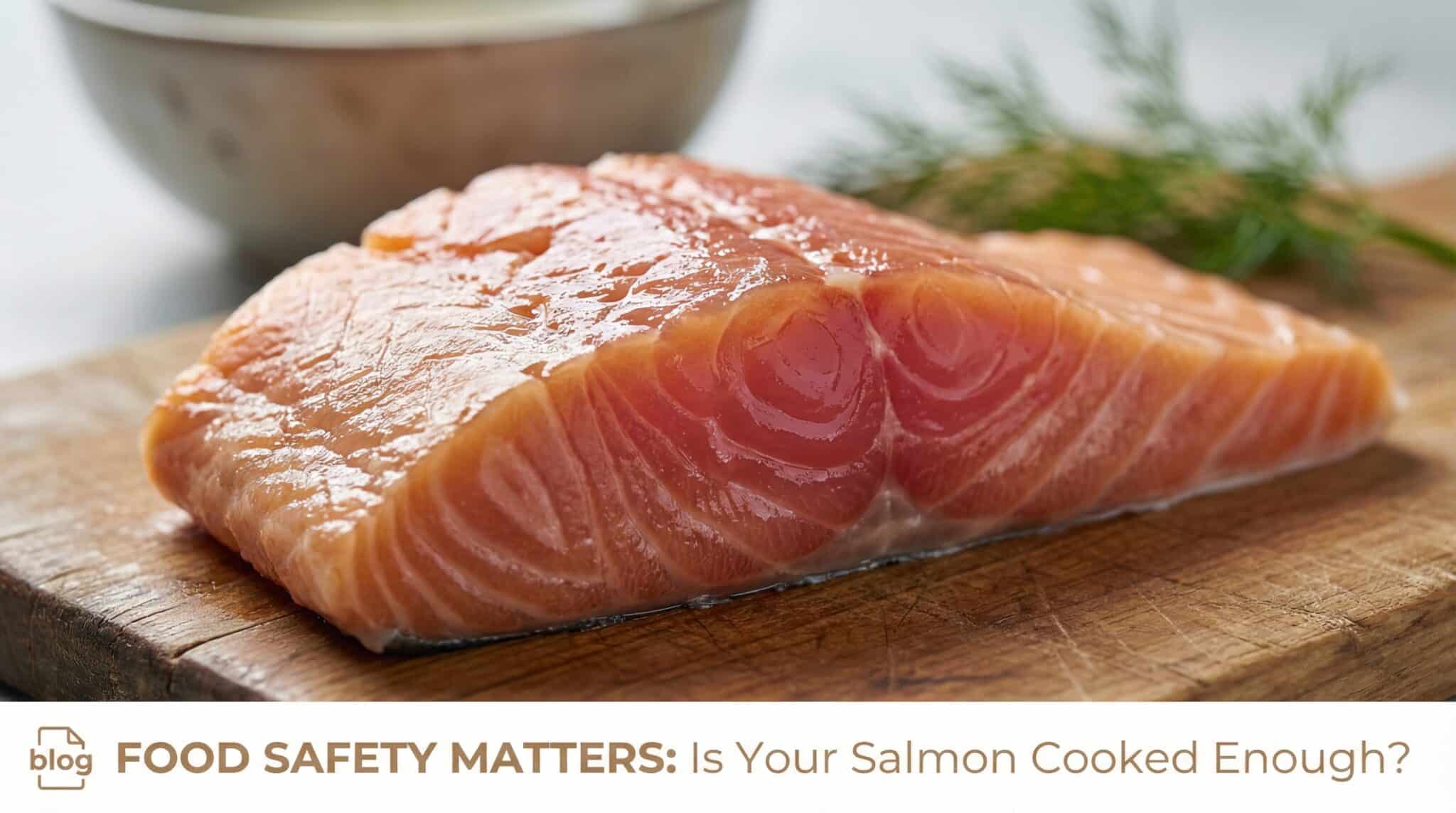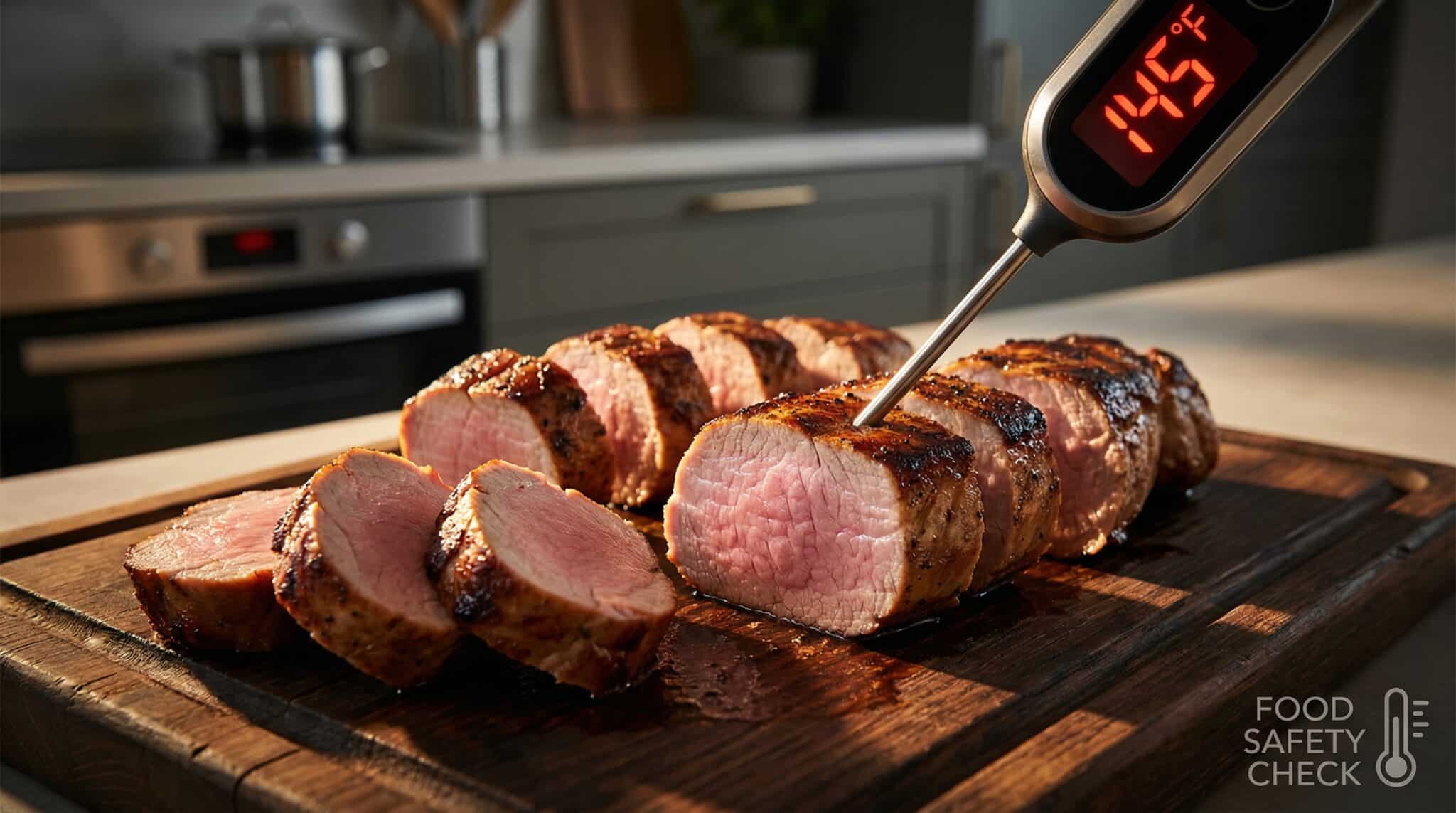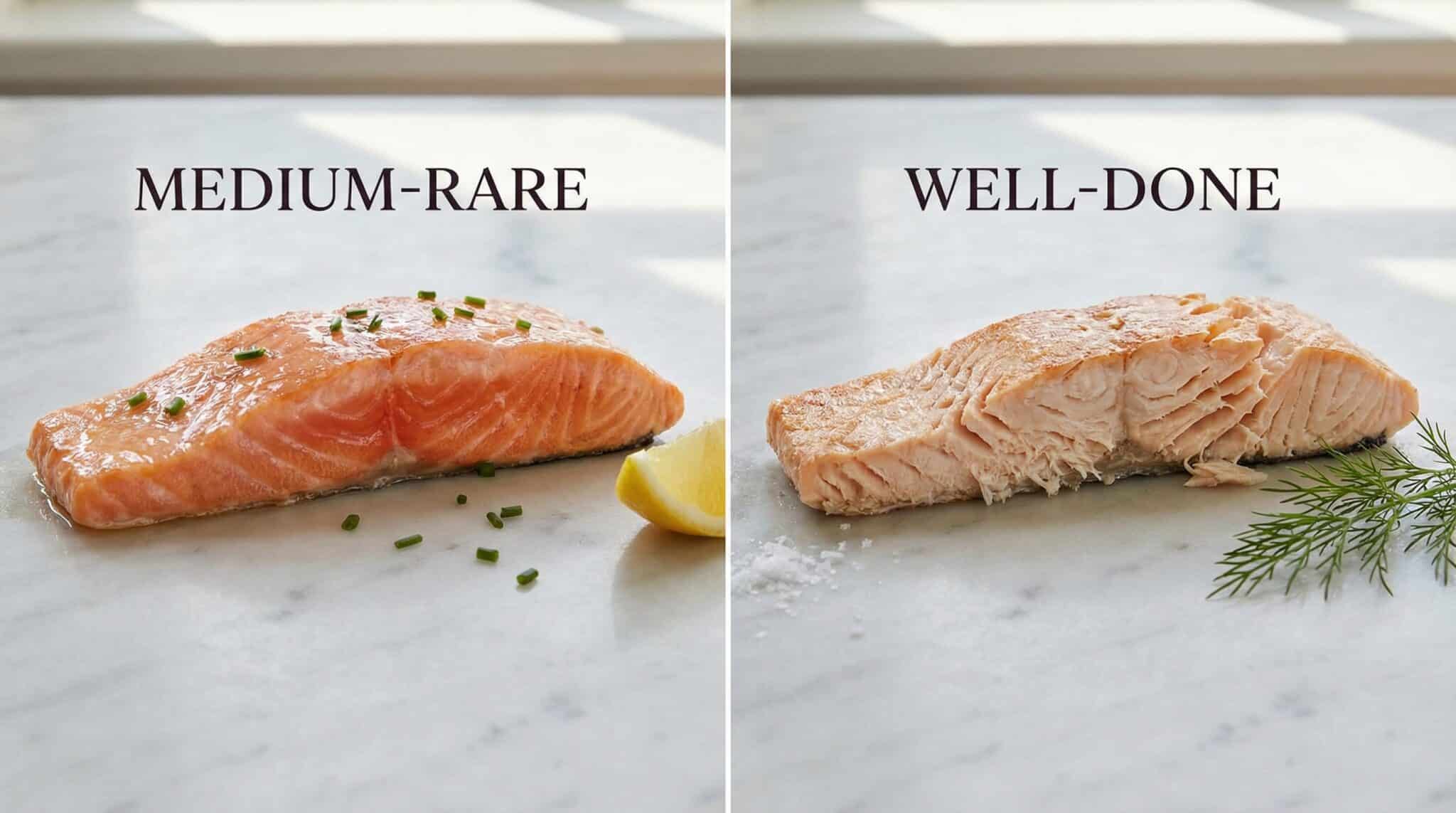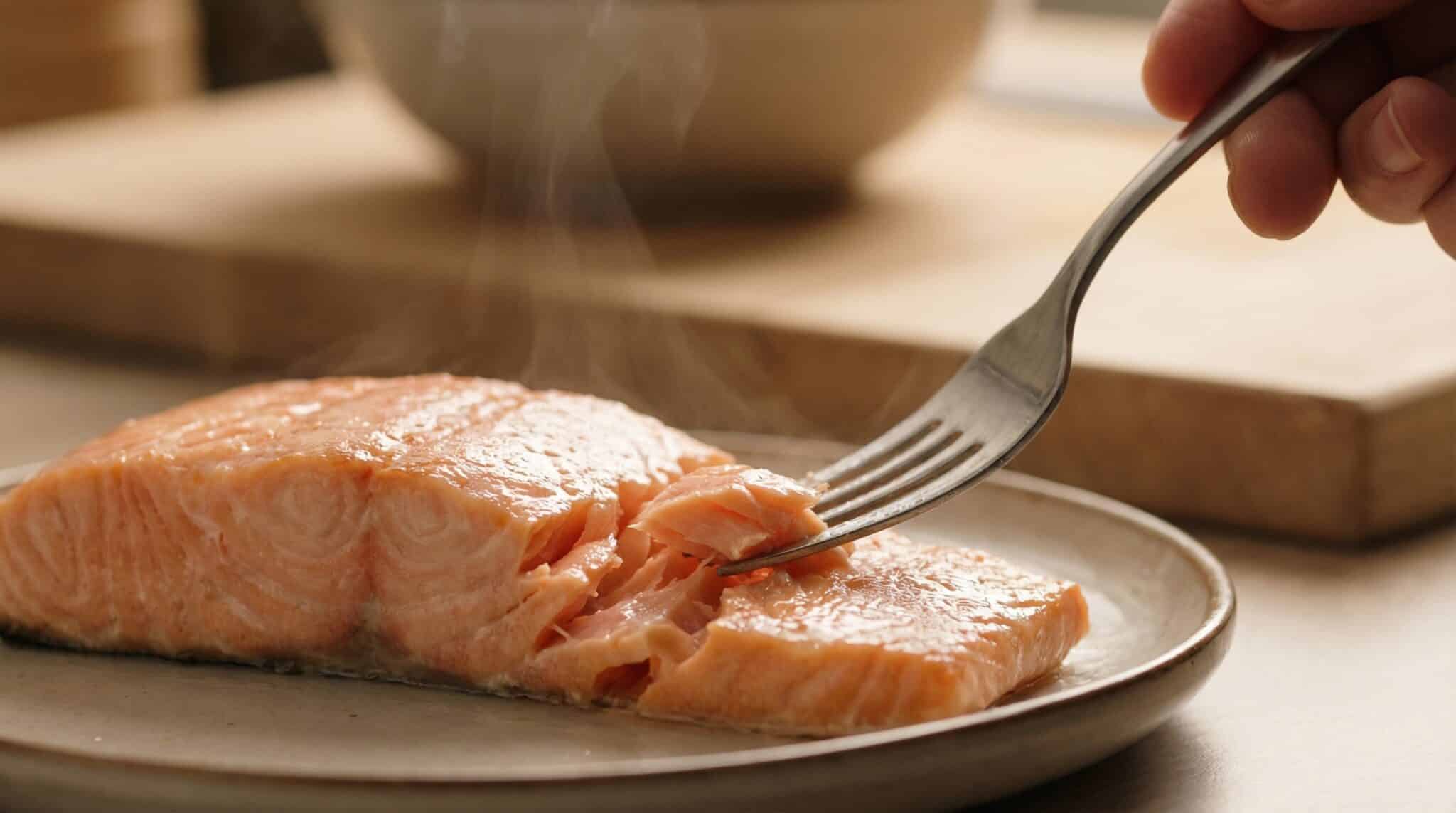Ever wonder why that salmon tastes amazing in summer but mediocre in winter?
Or why your favorite restaurant suddenly has “market price” on certain fish? Here’s the secret: seafood has seasons just like strawberries and pumpkins!
Fish aren’t sitting around waiting to be caught; they are busy spawning, migrating, and growing fat according to Mother Nature’s schedule.
So, here’s what changes everything: knowing when each type hits its peak means fresher fish, better prices, and supporting sustainable fishing.
Ready to time your seafood like a pro? Let’s get into the details!
How Seafood Seasons Work?
Ever wonder what makes seafood “seasonal”? It’s like nature’s own perfectly timed dance with some human rules thrown in:
- Water Temperature Magic: Fish get active and plump when conditions hit their sweet spot, like a natural thermostat triggering feeding and growth cycles.
- Breeding Season Breaks: Fisheries pause during spawning time so baby fish can grow up safely, think mandatory vacation for fish parents.
- Migration Highways: Species like salmon follow ancient ocean routes at specific times, turning the sea into a seasonal superhighway.
- Government Fishing Rules: Regulations work like traffic lights, controlling when and how much gets caught to keep populations thriving.
- Location Changes Everything: Alaska’s salmon season peaks while Florida’s grouper season begins, and geography is destiny in the seafood world.
The result? A perfectly orchestrated system where timing determines taste, price, and sustainability!
When is Popular Seafood in Season?
| SEAFOOD | TYPICAL SEASON | WHY IT’S SEASONAL |
|---|---|---|
| Crab | Oct–May (varies by type) | Molting and breeding cycles |
| Shrimp | May–Dec (varies by area) | Grows quickly in warmer waters |
| Lobster | May–Dec | Molting and migration |
| Salmon | May–Sept (wild varieties) | Seasonal spawning runs |
| Alaskan Halibut | Mar–Dec | Regulated fishing season |
| Mahi-Mahi | Apr–Sept | Warm-water migration |
| Tuna | Year-round, peaks in summer | Follows migration patterns |
| Cod | Dec–Apr | Easier to catch during spawning |
| Clams | Year-round, best in fall | Cool water = safer, cleaner harvest |
| Oysters, Mussels, Scallops | Sept–Apr | Best in cooler months |
| Alaska Pollock | Jan–Apr, Sept–Oct | Managed harvest seasons |
Specific Tips for Buying Seasonal Seafood
Shopping for seasonal seafood doesn’t have to be overwhelming. These quick tips will help you find the freshest catches while supporting sustainable fishing practices:
- Visit Local Seafood Markets: They know what’s fresh and in season right now
- Check Online Seasonality Charts: Quick reference guides for your specific region
- Look for Sustainability Certifications: Labels like MSC ensure responsible sourcing
- Ask Your Fishmonger Directly: They are your best resource for current availability
- Follow “r” Month Rules: Shellfish are traditionally best in months containing “R”
With these simple strategies, you will consistently find the best seasonal seafood at peak freshness and flavor.
Final Thoughts
No doubt, eating seafood in season is a total game-changer. But every fish and shellfish follows nature’s calendar, guided by smart regulations that keep populations thriving.
With proper storage techniques at your disposal, you can enjoy your seasonal favorites year-round without sacrificing quality.
Next time you hit the seafood counter, don’t just grab whatever looks good; rather, just ask what’s in season right now.
Frequently Asked Questions
Can I Eat Seafood Out Of Season?
Yes, but it may not be as fresh or sustainable. Out-of-season seafood is often frozen or imported from far away.
How Can I Tell If Seafood is Fresh?
Fresh seafood smells like the ocean, not fishy or sour. The flesh should be firm and moist, not slimy or dry.
How do Regulations Affect Seafood Availability?
Rules about fishing seasons and limits help keep seafood populations healthy and make sure there’s enough for the future.
What’s the Best Way to Store Leftover Seafood?
Store leftovers in an airtight container in the fridge and eat within two days. For longer storage, freeze as soon as possible.



